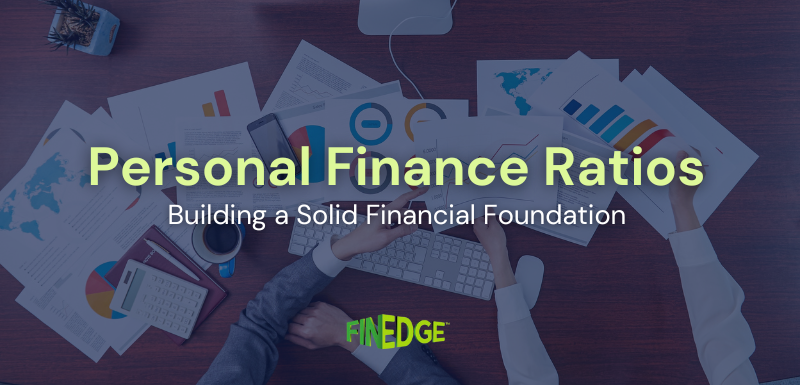Mutual Fund Myth-busting: Are GILT Funds Risk Free?

GILT funds, often seen as low-risk investments due to their reliance on government securities, are actually more volatile than many investors realize. In this article, we’ll explore the hidden risks of GILT funds, including how interest rate fluctuations and the long-term maturity of government bonds can lead to sharp price movements. While they can provide impressive returns in certain conditions, they are not risk-free. If you’re considering investing in GILT funds, it's important to consult a financial advisor and understand how market dynamics can affect your returns, especially in the short term.
GILT Funds, or debt mutual funds that invest only into government securities or "G-Secs", are widely perceived to be low risk or even risk free in nature. Many risk-averse investors have had their fingers burned due to this fallacious belief. Contrary to popular beliefs, GILT funds are the most volatile kind of debt mutual fund. Let's understand why.
The Overlooked Risks of Debt Mutual Funds
When considering risks associated with bonds, most people tend not to go beyond the obvious "credit" or default risk; that is, the risk that the bond issuer will fail to repay the principal or interest amounts in a timely fashion. G-Secs, being backed by the Government of India, are lower in credit risk than corporate bonds.
However, accruing interest isn't the only way that debt mutual funds make returns. They also rely on bond prices moving up because of interest rate fluctuations or narrowing credit spreads. The combination of capital gains (or losses) on the bond price and the net interest accrued from coupon payments from the bonds, forms the cumulative return from a debt fund. For example: if a portfolio of bonds worth Rs. 1,000 crores pays out Rs. 80 crore as interest in a calendar year, but the bond prices themselves collectively fall by 5% to 950 crores in the same year, the actual returns earned from the bond portfolio will be 3%, or Rs. 30 crores.
Bond Maturity and Interest Rate Sensitivity
As a thumb rule, the longer the tenor of a bond, the more it's price will be sensitive to interest rate fluctuations. GILT funds tend to have portfolios with high average maturities, owing to the long-term nature of G-Secs. For instance, SBI Magnum GILT Fund (Long Term Plan), a top performing GILT fund, has more than half its portfolio parked into the 7.61% GOI 2030; a Government bond with a 7.61% annual coupon that matures in 13 years. The Fund's average maturity is 11.68 years as on date - long term GILT funds as a category, have an average maturity of 13.36 years at this time.
Due to the above stated fact, GILT funds tend to react sharply to interest rate fluctuations. For instance, a 1% drop in Repo rates by the RBI can lead to a 7-9% capital gain on a GILT fund's portfolio. Add to that an average of 7.5% accrual income from the coupons, and you have a 15% annualized return. In the reverse scenario of interest rates rising by 1%, the accrual income of 7.5% could potentially be completely offset by the capital loss, leading to a zero per cent return in a given year. Bond prices move in inverse correlation with broad interest rates.
A Real-World Example: SBI Magnum GILT Fund
Case in point: when the RBI aggressively cut Repo rates by 2.5% between October 2008 and January 2009 in a bid to stabilize equity markets, SBI Magnum GILT Fund's NAV shot up by nearly 19.18% in the space of a single quarter. Unfortunately, the party didn't last long - it's NAV fell by 12.81% in the next quarter after S&P downgraded India's rating from stable to negative! That's how volatile GILT funds can be.
As you may have inferred already, rising sovereign risk (due to widening fiscal deficit, for instance) also impacts GILT prices. Conversely, a positive re-rating for a country could boost GILT prices. In addition, heavy selling of GILT's by the RBI (for instance, in a bid to stabilize the Rupee), could lead to a temporary fall in GILT prices; as was evidenced in 2013 when our currency was in free fall and the central bank stepped in. SBI Magnum GILT Fund's NAV fell by close to 8% between June 2013 and August 2013.
Final Thoughts: When to Invest in GILT Funds
End Note: Don't blindly rush into GILT funds assuming that they're risk free. Consult with a professional Financial Advisor who will be able to recommend whether GILT funds are a good play for a 1 to 1.5-year horizon, keeping in mind future interest rate outlook, currency outlook and other global factors. GILT funds are best used intermittently for shorter time frames, to boost returns from a debt fund portfolio that's otherwise predominantly low risk and accrual based
Your Investing Experts
Relevant Articles
Understanding the Financial Planning Pyramid: Building Your Finances the Right Way
Most people juggle several financial goals at once, an emergency fund, retirement planning, a child’s education, or even short-term lifestyle goals like travel. Without a proper framework, it becomes difficult to decide what to tackle first. The Financial Planning Pyramid offers a simple and effective way to bring structure to your financial life. It ensures that essential protections are in place before you start saving and investing for long-term wealth.
Personal Finance Ratios You Should Understand Before You Start Investing
Successful investing begins long before you pick funds or set return expectations. It starts with understanding your financial foundation, how much you earn, how much you spend, and how much is left to invest consistently. These simple but powerful personal finance ratios offer a clear view of your financial health and help you make informed, goal-aligned decisions.
Why Mutual Funds Are the Smartest Way to Build Your Child’s Marriage Fund
Indian weddings are beautiful but expensive affairs, and their costs are rising every year. Mutual fund SIPs can help you plan ahead, ensuring your child’s big day is celebrated without financial stress.
.png)


.png)